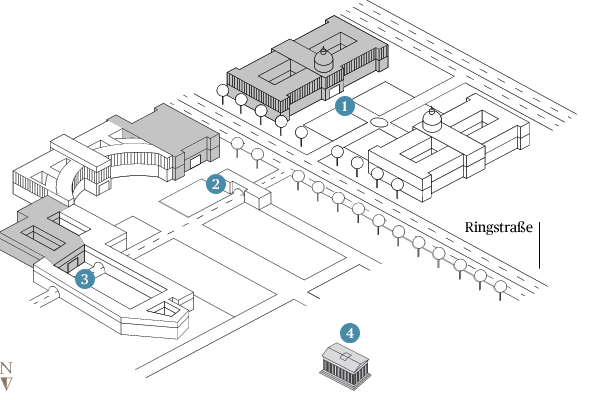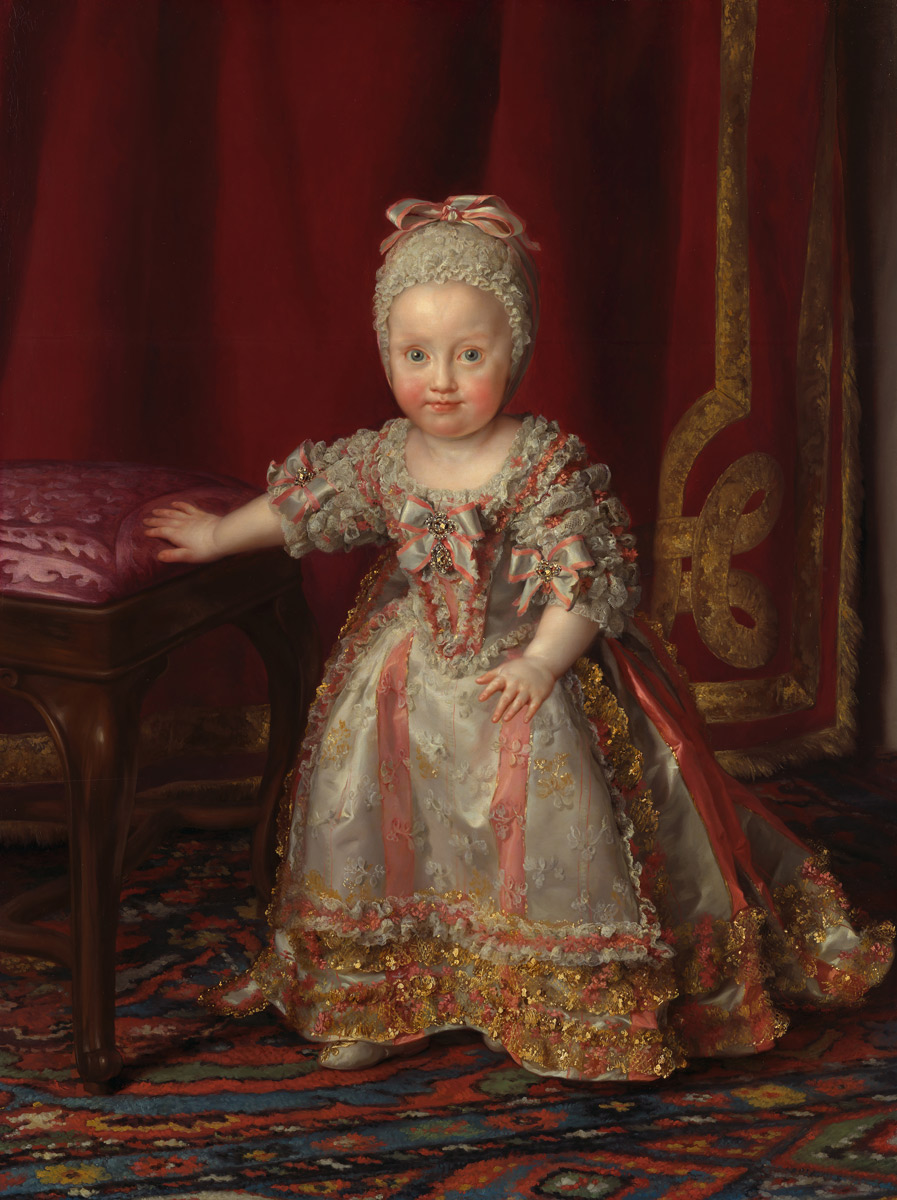Point of View #29
Mengs and Velázquez – The Princess of Naples
Download(PDF, 12 MB)
DOI: 10.60477/wksn-b696
License | |
This work is licensed under a Creative Commons Attribution-ShareAlike 4.0 International License (CC BY-SA 4.0). | |
Front matter
pp. 1–3 Download (PDF, 2 MB)
Mengs and Velázquez – The Princess of Naples
Gudrun Swoboda
pp. 4–11 Download (PDF, 3,5 MB)
DOI: 10.60477/f4bx-dm39
Abstract
In 1770, Mengs returned to Italy to serve as court painter to King Charles III of Spain, portraying his family in Florence and Naples. A highlight of his work is the freshly restored portrait of Maria Teresa of Bourbon-Two Sicilies presented here: it combines the representational style and virtuoso painting technique of Velázquez with a natural vitality inspired by the contemporary educational ideas of Jean-Jacques Rousseau.
Mengs, a second Raphael …
Guido Messling
pp. 12–17 Download (PDF, 3,5 MB)
DOI: 10.60477/6dk1-nj52
Abstract
Anton Raphael Mengs (1728–1779), regarded as one of the founding fathers of Classicism due to his history paintings and allegories, was also an outstanding portrait painter. After creating several pastel portraits in Dresden during the 1740s, he opened up a new clientele with his move to Rome in 1752, attracting visitors of the Eternal City and members of the Church. His appointment to the Madrid court in 1761 shifted the focus of his portrait work to the royal sphere.
The restorer’s take
Ingrid Hopfner
pp. 18–20 Download (PDF, 3,5 MB)
DOI: 10.60477/dgd0-bq47
Abstract
The walnut panel painting, whose original painting is exceptionally well preserved, was restored in 2023. The measures included the reduction of the altered varnish coatings, the removal of old retouching, the stabilisation of the panel, and the integration of paint losses, allowing the colours to shine again in full brilliance. To protect it from climatic fluctuations, it was integrated into a climate vitrine.
Acknowledgements, Image Credits, Imprint
p. 21 Download (PDF, 60 KB)
Authors
Ingrid Hopfner
Ingrid Hopfner studied restoration and conservation at the Academy of Fine Arts Vienna. She has worked in the conservation department of the Kunsthistorisches Museum since 1990.
Guido Messling
Guido Messling studied art history, modern history and journalism at the Free University of Berlin. Since 2011, he has worked as a curator for German painting at the Gemäldegalerie of the Kunsthistorisches Museum.
Gudrun Swoboda
After studying art history and ethnology at the University of Vienna, Gudrun Swoboda, MA, PhD, gained experience at international research institutions and museums. As a curator at the Kunsthistorisches Museum, she has been in charge of the collections of Spanish, French and later Italian paintings since 2009.




